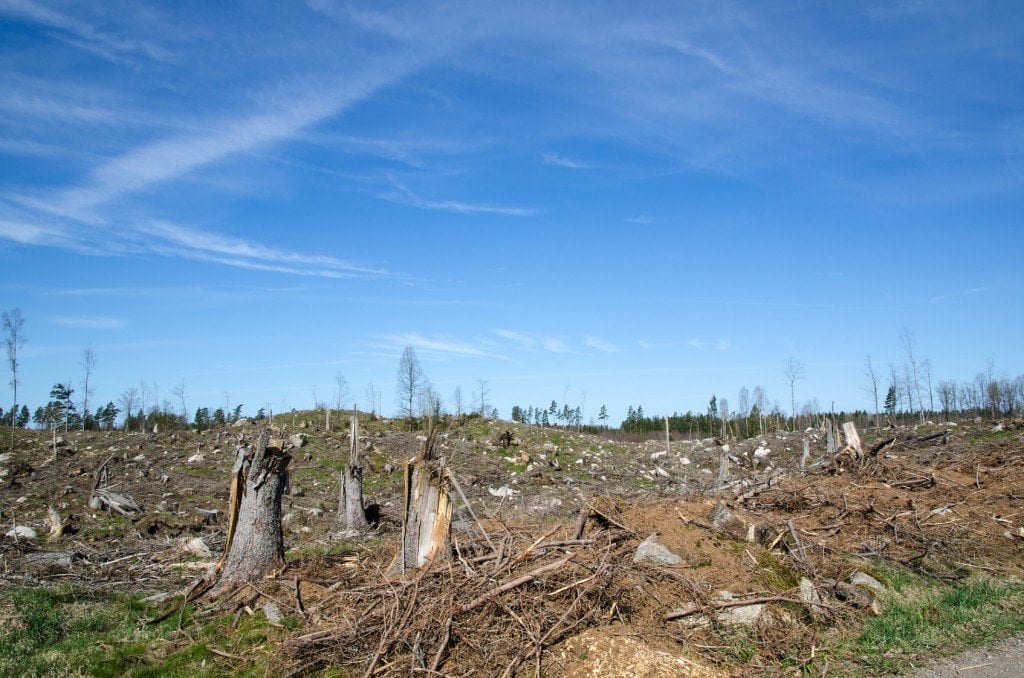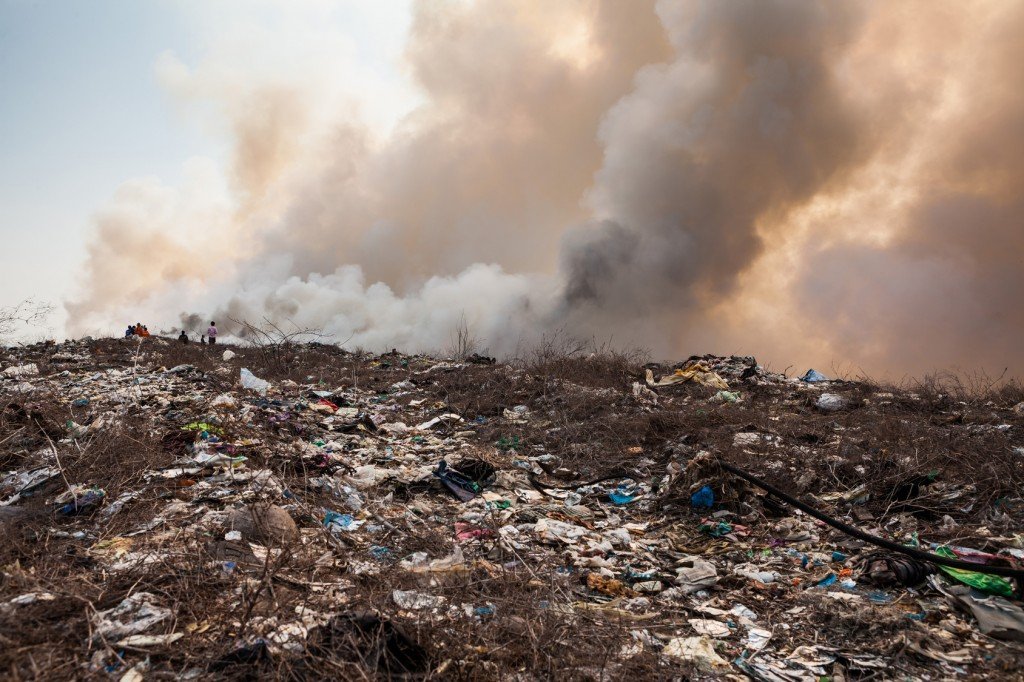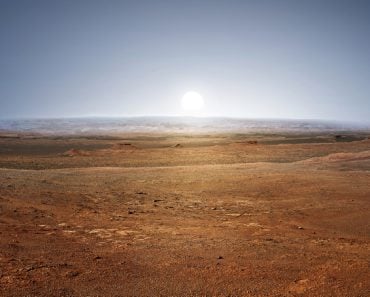Table of Contents (click to expand)
The Taj Mahal is turning yellow mainly due to these reasons: air pollution, discoloration of marble due to oxidation of its constituents, environmental neglect and wear and tear caused by millions of tourists who visit it every year.
The Taj Mahal is one of the most beloved monuments in the world. However, its pristine white color seems to be in danger as a result of human excesses. How is it that this monument, which has withstood the test of time, is starting to degenerate in recent years?
If you want a simple answer, you only need to know a single word – pollution. However, it’s a little more complicated than that. Different analyses have pointed at different culprits, ranging from algae and dirt to the resin applied on the Taj Mahal to preserve the monument. In the 1980s, the emission of sulfur dioxide was blamed as the main antagonist in this story, but the more we investigated, the more varied the conclusions appeared to be. With that in mind, let’s try to break down the reasons behind the yellowing of one of the world’s seven modern wonders.
Recommended Video for you:
Natural Causes
The Taj Mahal is, after all, a 360-year-old monument, so some discoloring is to be expected. Marble does not exist in a pure form, so the marble in the Taj Mahal is full of minerals which become oxidized over time. Oxidization leads to the browning of these minerals, resulting in brown splotches on the beautiful mausoleum. Rain also adversely affects the monument, slowly weathering it down, leading to chipping and cracking.
Another material, iron, was used by the Indian government for work on the Taj, which could be an explanation. Iron dovels were installed to repair the marble slabs on the building. The iron in these dovels naturally became rusted, and a new layer of this rust was then deposited onto the marble of the Taj.
Tourists
One potential cause that hasn’t been looked into as much is the tourists themselves. The Taj attracts a huge number of visitors each year. In 2013, the footfall for this edifice was 6 million! On some days, the Taj Mahal receives more than 50,000 people who want to marvel at the architectural masterpiece! Such a large number of people trotting and trudging around this marble wonder obviously causes some amount of wear and tear, right?
Even the inside walls aren’t safe from the parasitical presence of tourists. Due to hosting such a large crowd every single day, the humidity level inside the building increases, leading to a gradual darkening of the walls. Furthermore, the grime and dust from the sweaty palms of these tourists are also caked onto the immaculate walls.
Environmental Neglect

Trees have been felled left, right and center in and around Agra as the price for ‘modern development’. Agra lies in a semi-arid zone, and the temperatures can reach 50 degrees Celsius. Without the natural obstruction of trees, the heat waves that regularly plague the plains of North India are free to wreak havoc on whatever stands in their way. The Taj Mahal is no exception to this. Hot dusty winds have a highly abrasive effect on the monument.
The Taj Heritage Corridor – a riverfront project comprising food plazas and malls – was planned between the Agra Fort and the Taj Mahal. Fortunately, it was shelved on the Supreme Court’s orders, as it was realized that it could have been a threat to the monument. According to the Archaeological Survey of India, sand accumulated in the reclaimed riverbed can erode the marble surface during sandstorms.
And Of Course… Air Pollution
Burning municipal waste, cow dung and other forms of waste releases particulate matter into the sky. Agra and its neighboring areas have a high rate of particulate matter for this very reason. 2000 metric tons of waste was being dumped into the city every day! The burning of this waste comes at a very high cost. The dust and carbon-containing particles emitted during the burning of fossil fuels, biomass and garbage have been the leading reason for the discoloring of the national monument. In addition to this, the waste is not being segregated into industrial, hazardous and biomedical waste, and is instead being dumped directly into the drains and the sewers. The drains all eventually lead to the Yamuna, without any treatment, further aiding the slow tarnishing of one of the world’s most beautiful man-made creations.

When the depositions on the Taj Mahal were studied, it was concluded that 3% of the pollutants was black carbon, 30% was brown carbon, and the rest was dust. The 30% brown carbon was emitted, as we mentioned, through the burning of biomass and garbage, which is a common practice in the area. The other 3% of black carbon results from vehicular pollution, which is also a major concern regarding the conservation of the Taj.
The government is fighting a valiant battle to preserve this incredible structure, and strict regulations regarding pollution are now in place in Agra. Over the last decade, authorities have banned vehicles within 500 meters of the monument. Efforts have also been made to supply clean fuel to industries and improve the power grid to lessen the impact of diesel generators. Since 1994, authorities have even been giving the monument mud pack treatments to try and curb the process of yellowing! Let’s hope their efforts don’t prove to be in vain!












